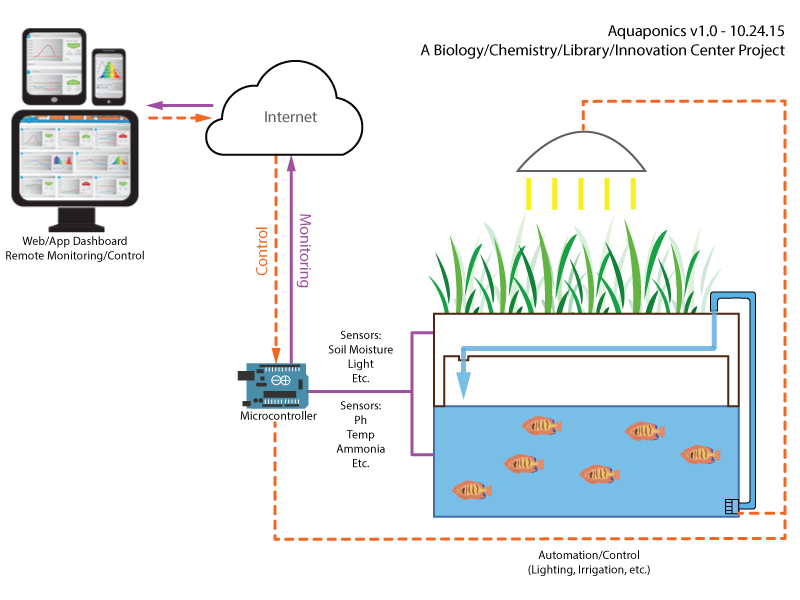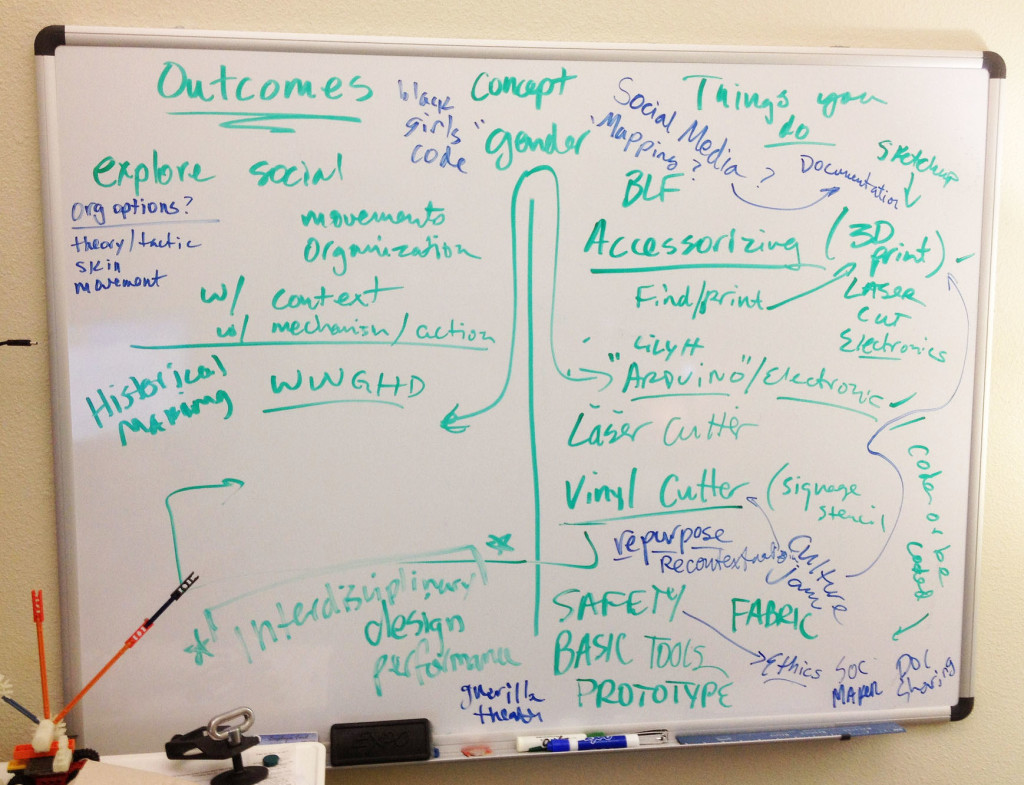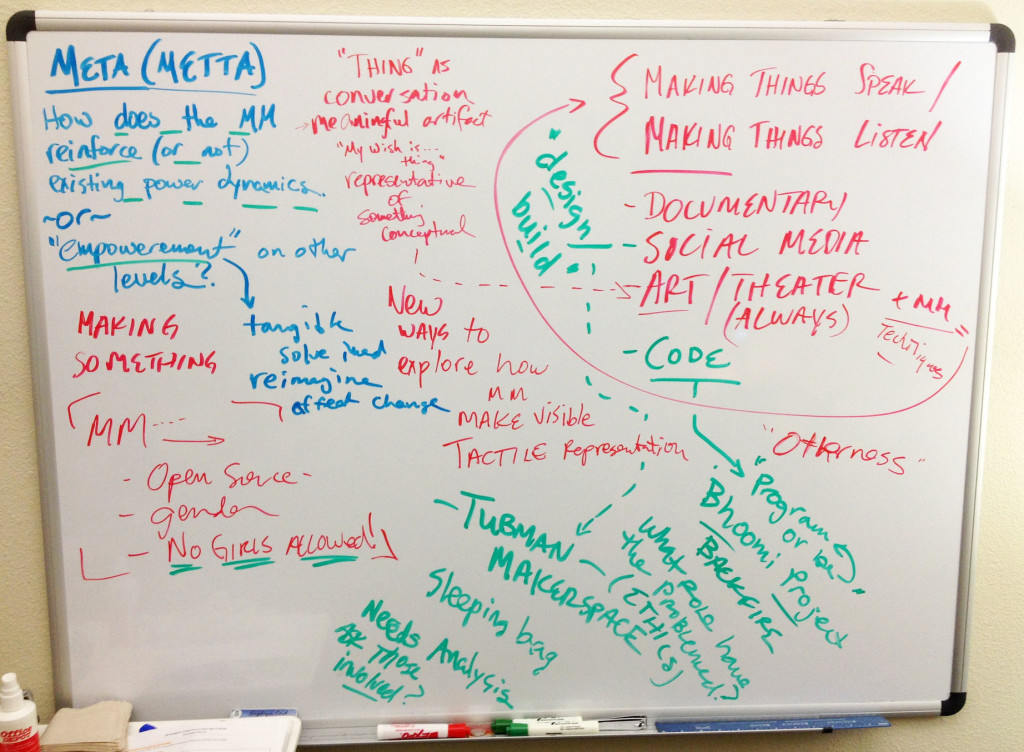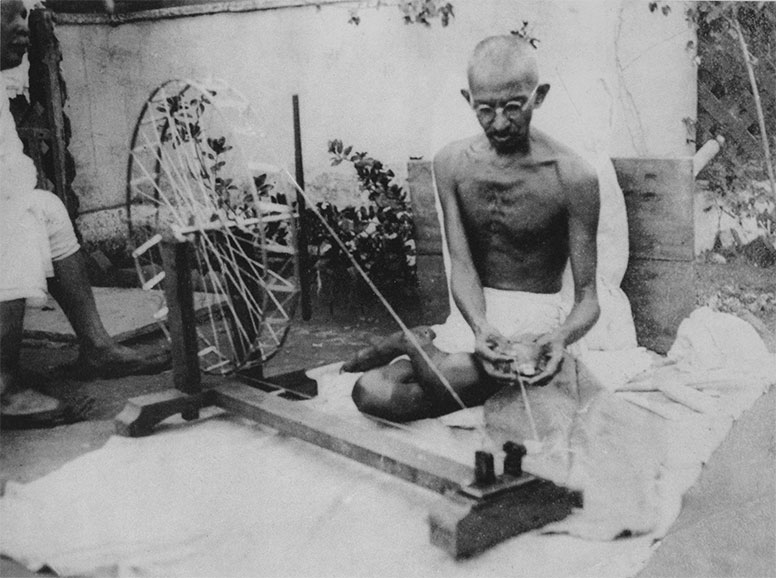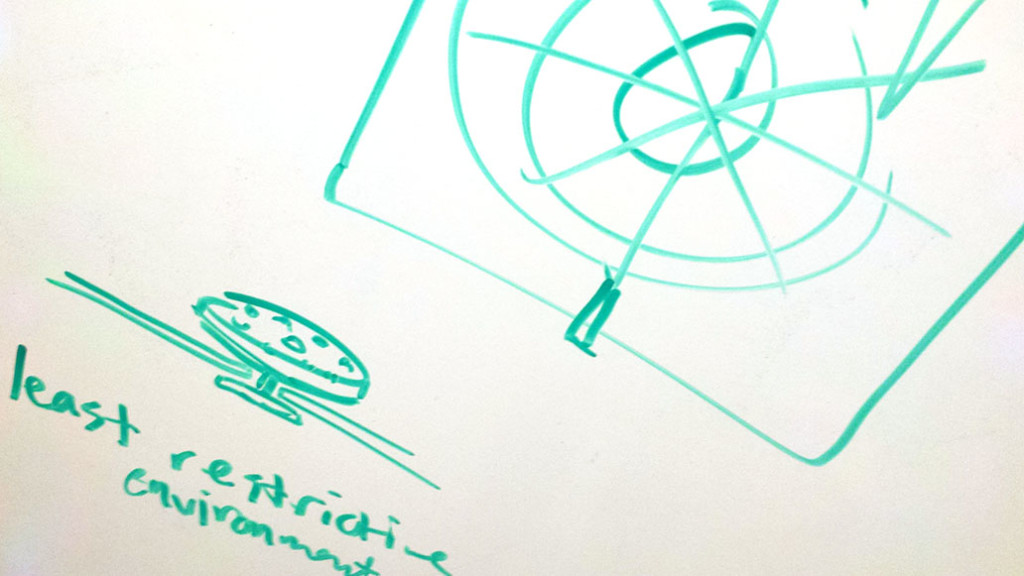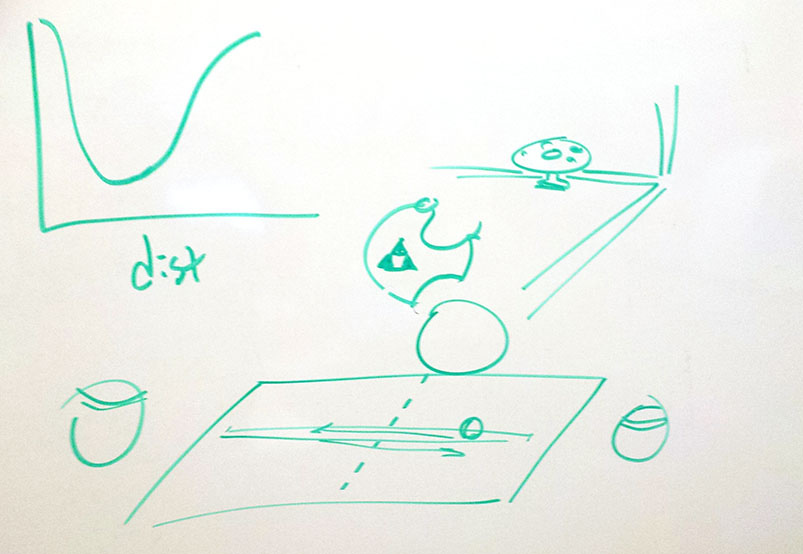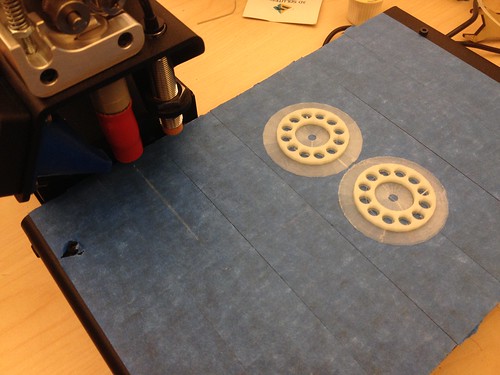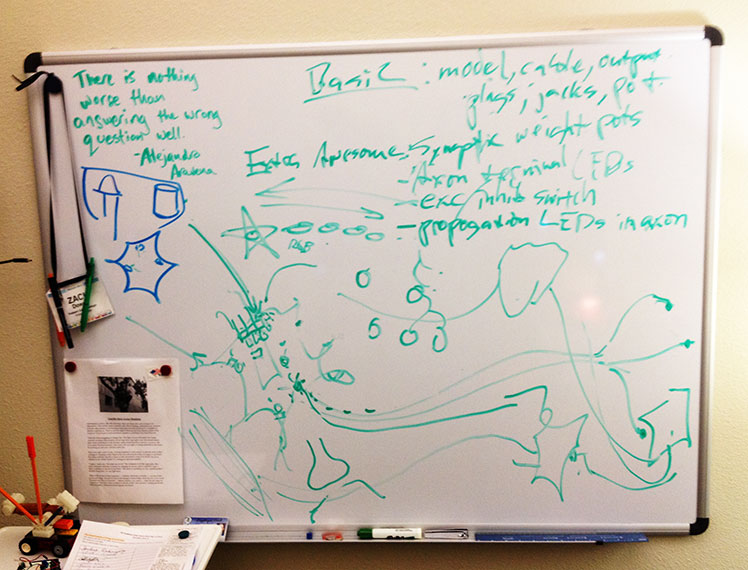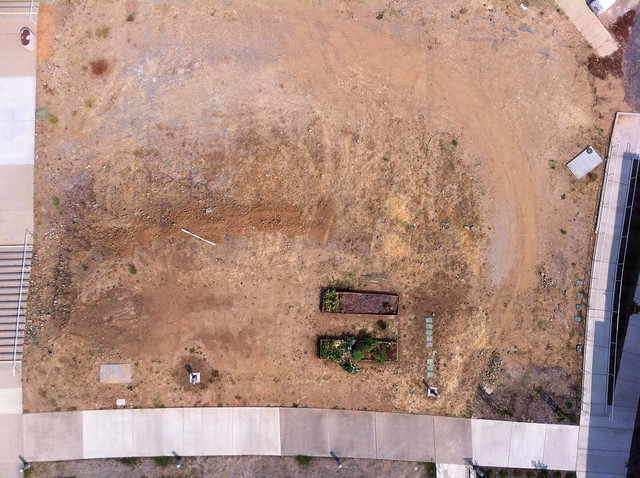Mark your calendars for these upcoming Online Educators meetings and DE Academy Workshops.
Online Educators – 10-11am in FL1-130 (Innovation Center)
Please join the FLC Online Educators for tea and conversation. We get together to share ideas, talk about technology and teaching, and experiment with new ways to connect with students. Hope to see you there!
November 13 & December 11
DE Academy Workshops – RSVP
November 20 – Transitioning a Course to Hybrid or Online
Thinking of offering a hybrid or online course, but don’t know where to begin? Start here.
10-11AM in FL1-130 (Innovation Center)
December 4 – D2L Crash Course
If you plan to spend your Winter Break working on your online or hybrid class, and want a crash course in D2L, this is the workshop for you. The first half will be useful if you’re a beginner, and the second half if you’ve already got the basics down and want to do more. If you plan to attend, please request a D2L course account (no later than 72 hours before the workshop) so you’ll have a place in which to work. Request a course account via the D2L Faculty Request Interface. Once you’ve completed your course account request, it’s important that you check http://d2l.losrios.edu to be sure the course is there prior to attending the workshop. Note – these workshops will be repeated as part of Spring Flex activities on Thursday, January 14th.
9-11AM in FL1-35 (Library Classroom)
D2L for Beginners (9-10AM) – The basics: D2L interface, content, requesting courses, support, etc.
D2L Intermediate/Advanced (10-11AM) – The rest: Quizzes, communication tools, etc.
December 11 – Beyond the LMS: Tools for Increasing Student Engagement & Success
9-10 AM in FL1-35 (Library Classroom)

